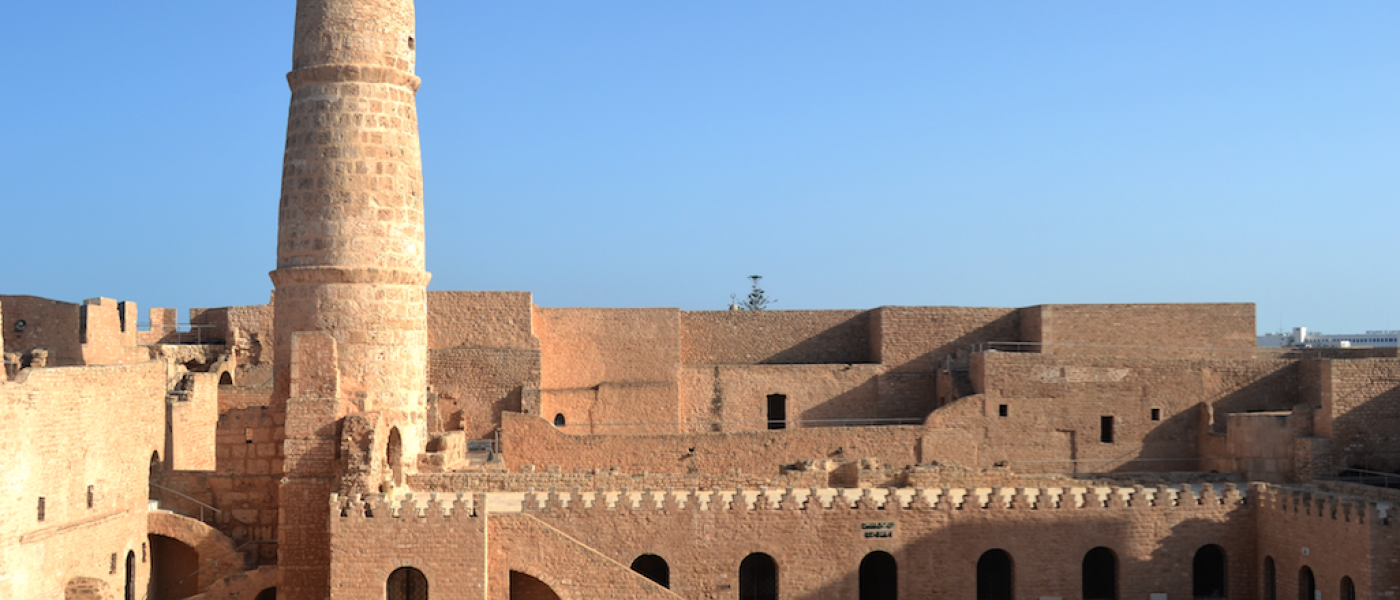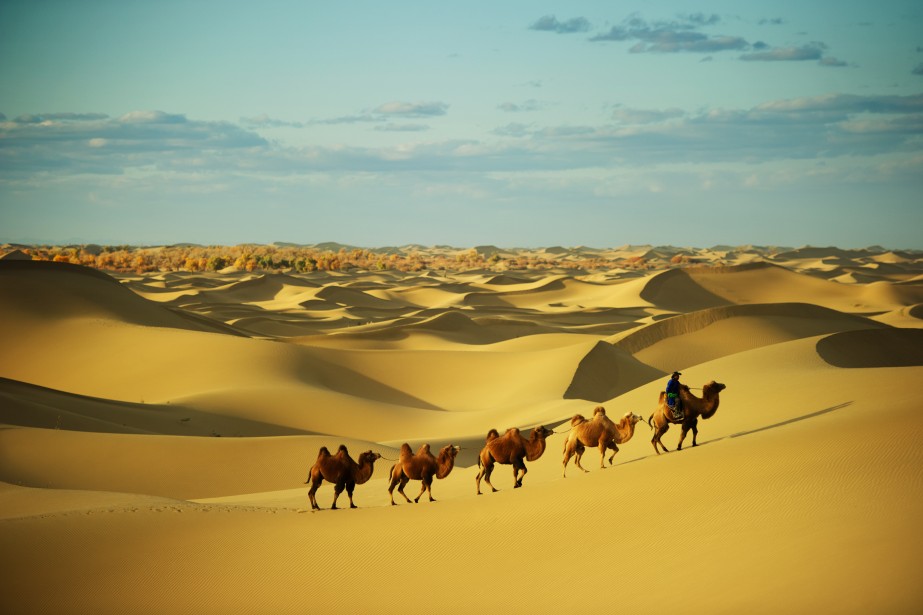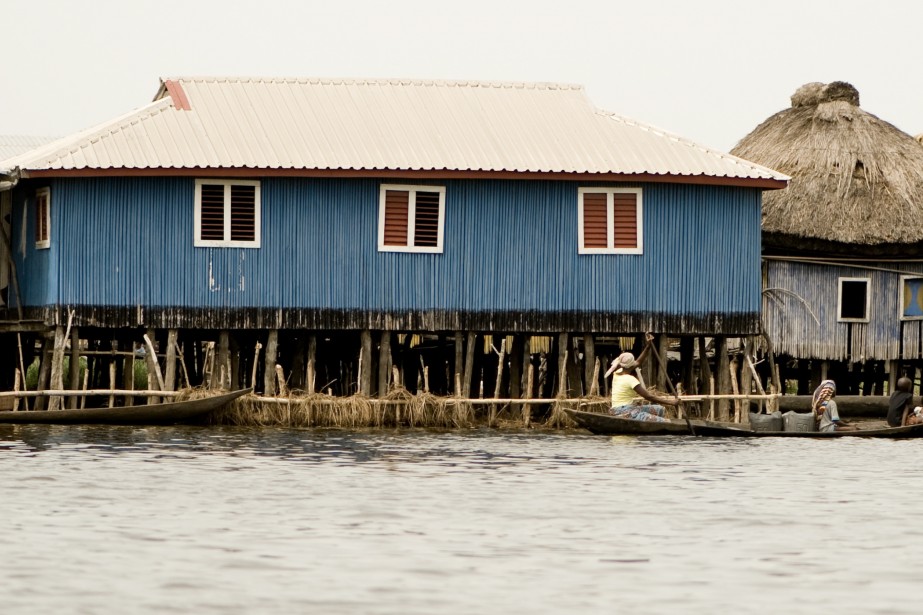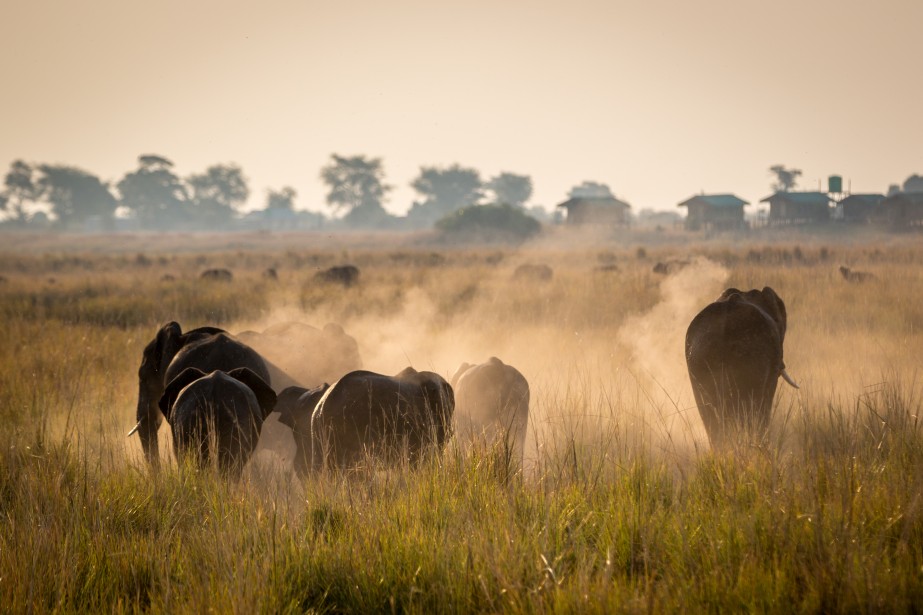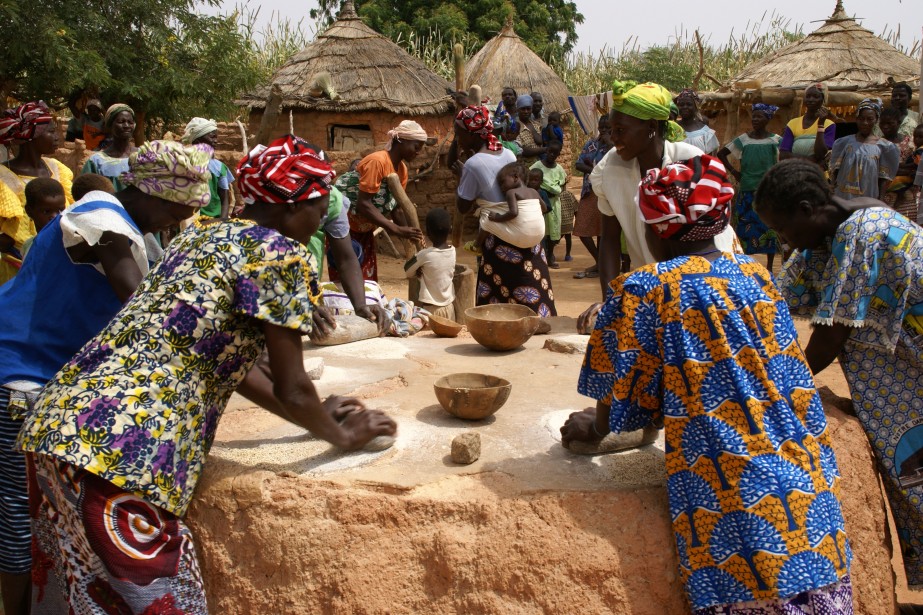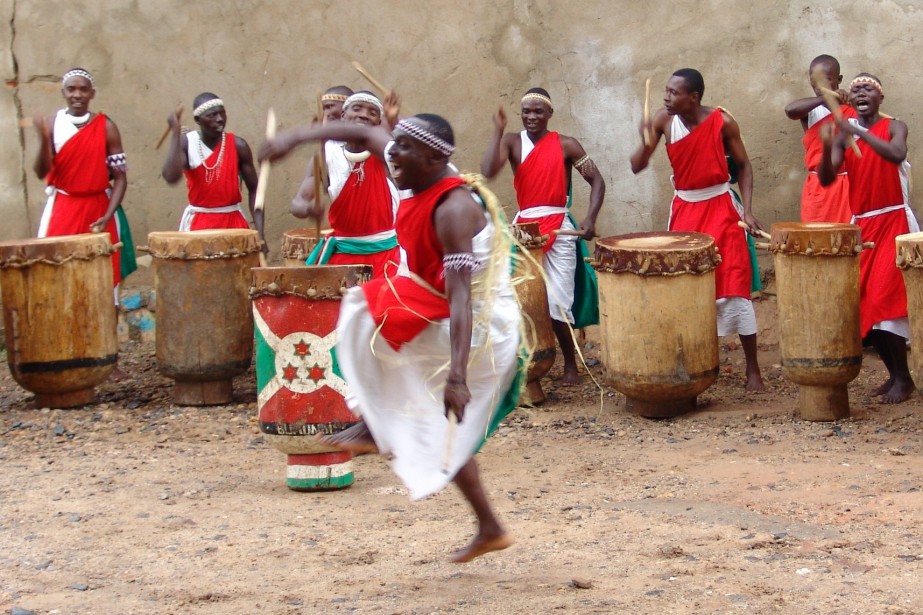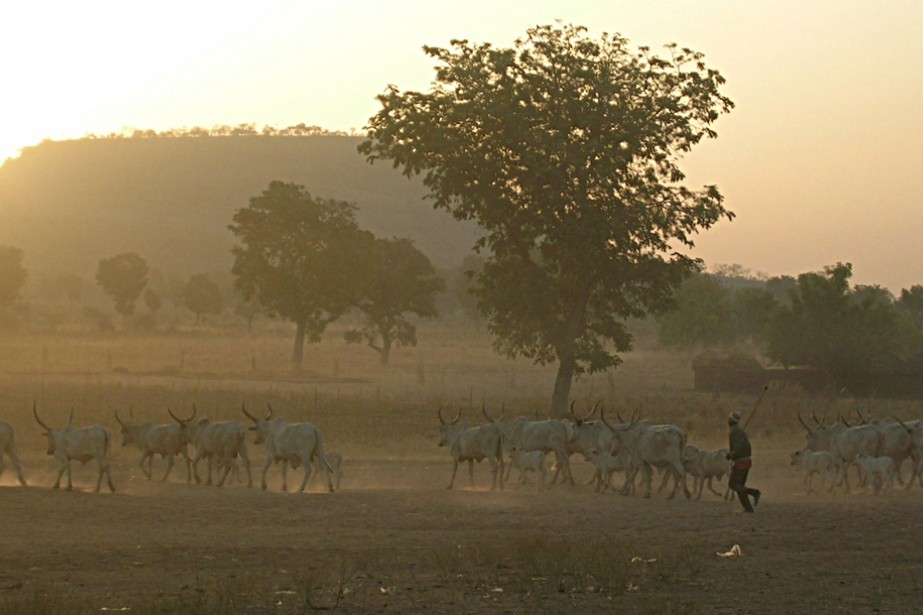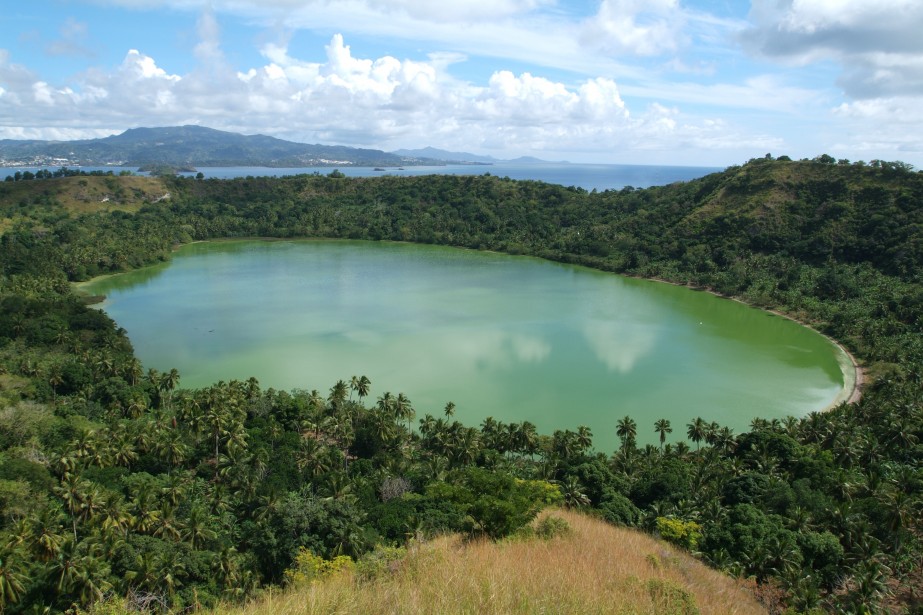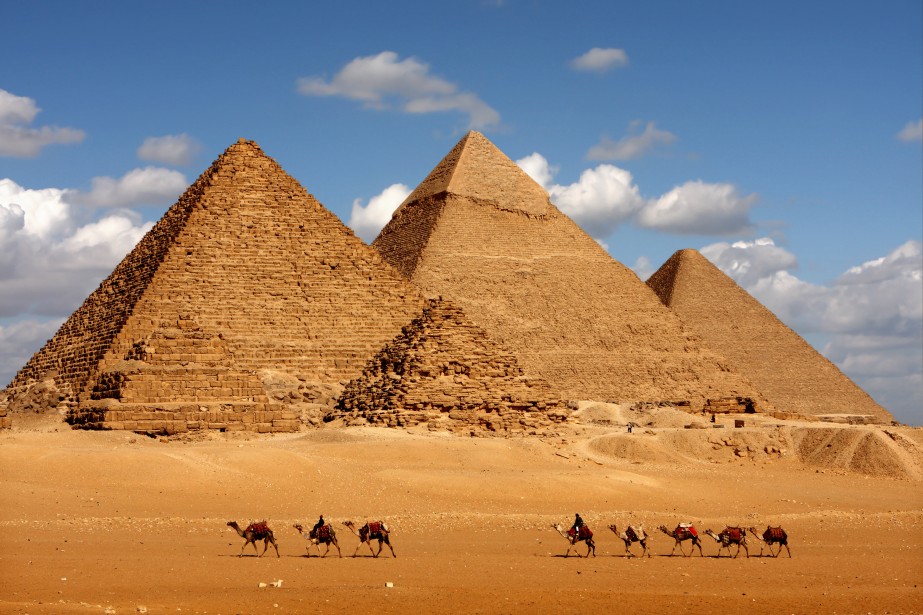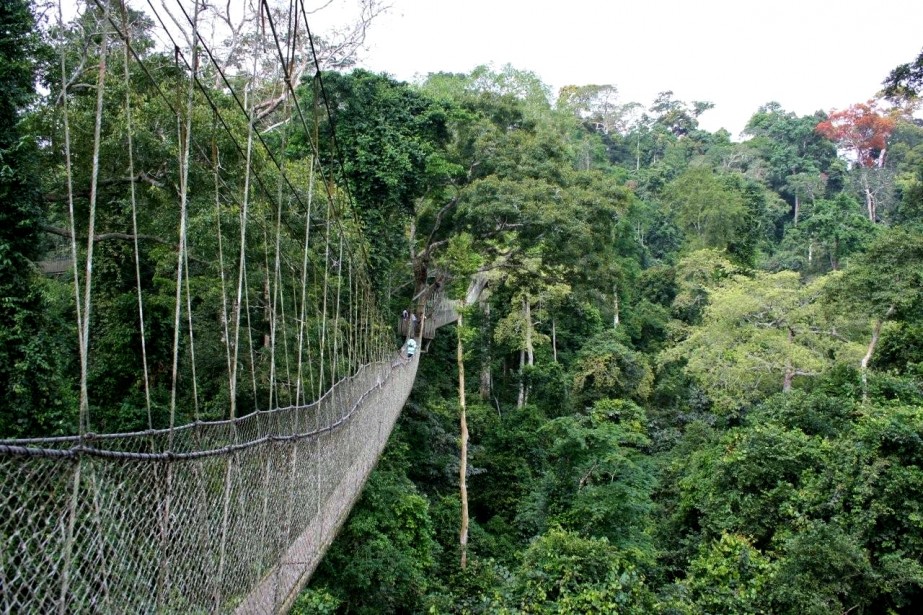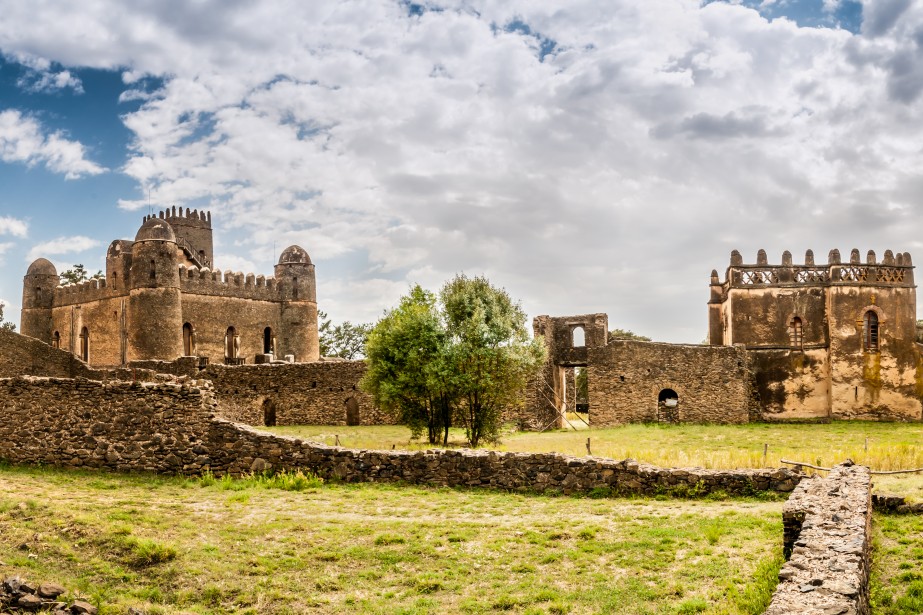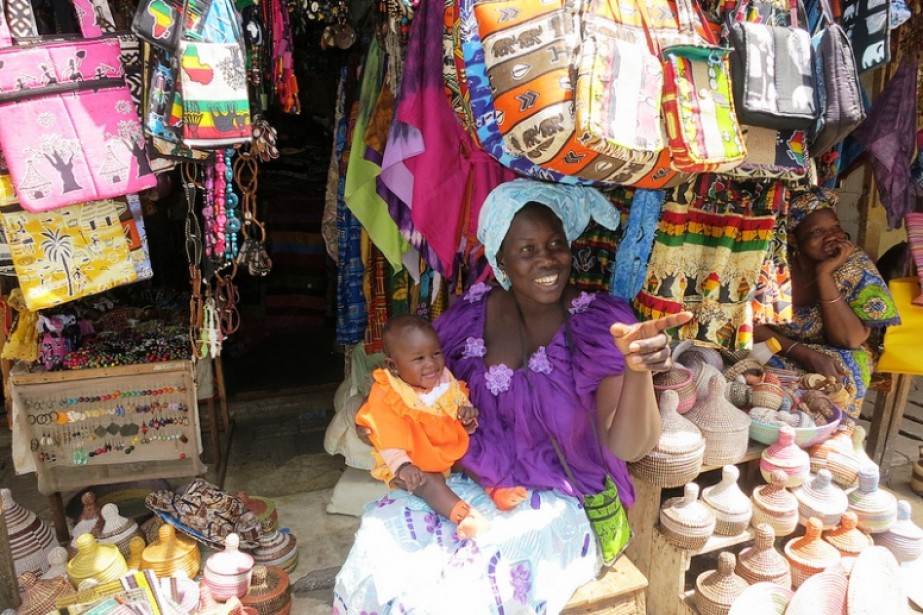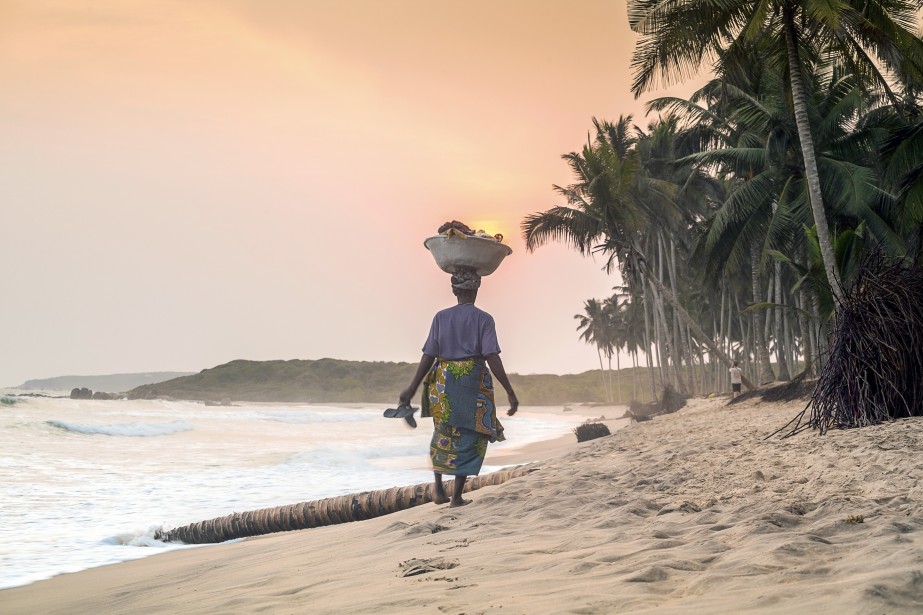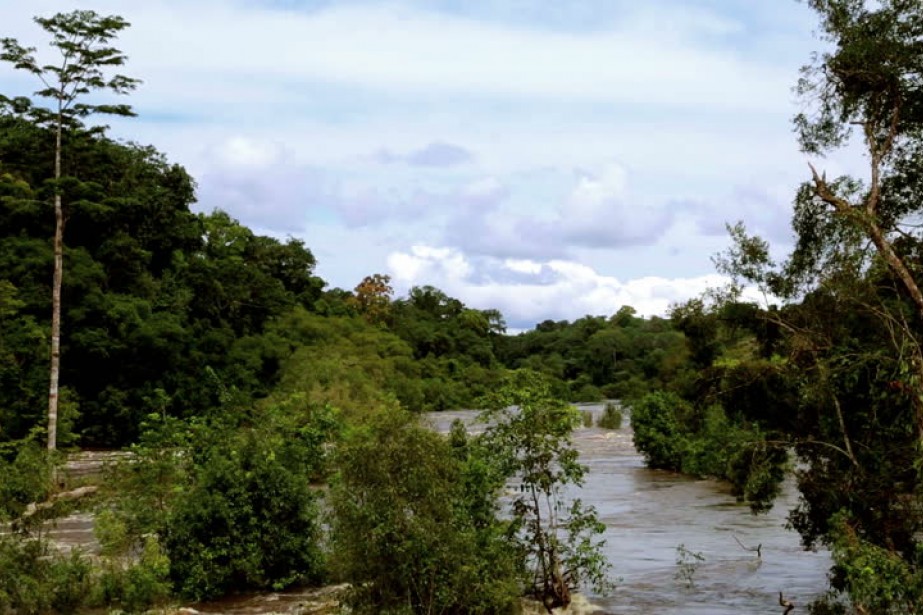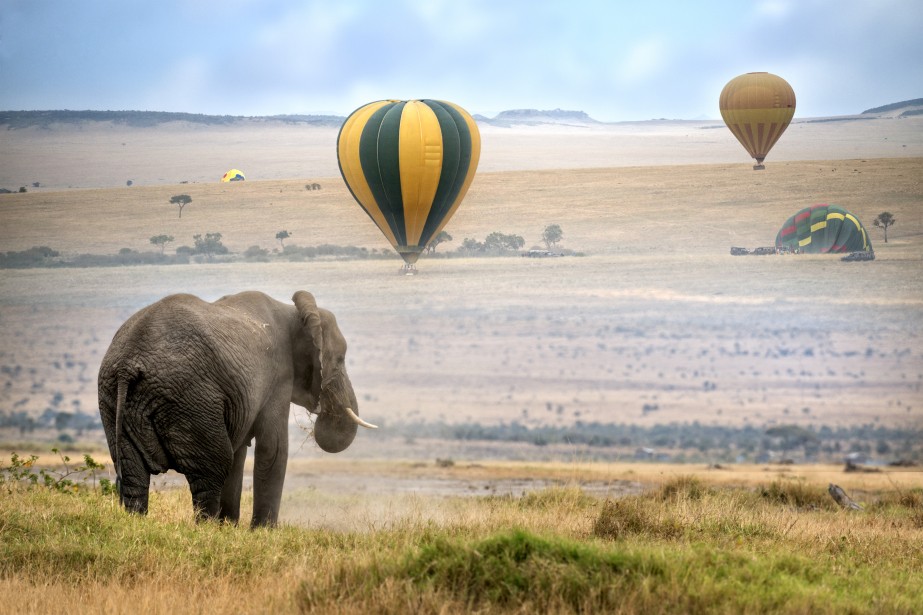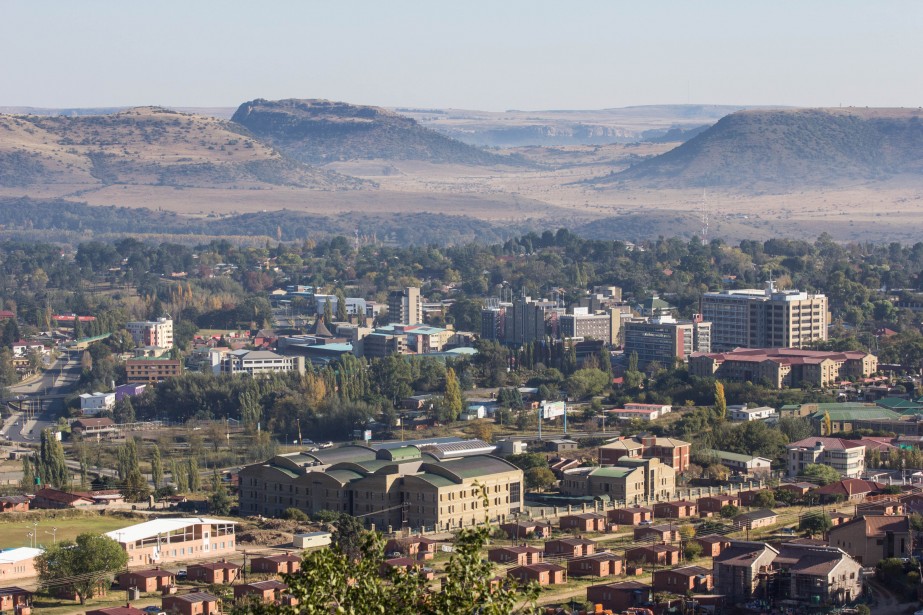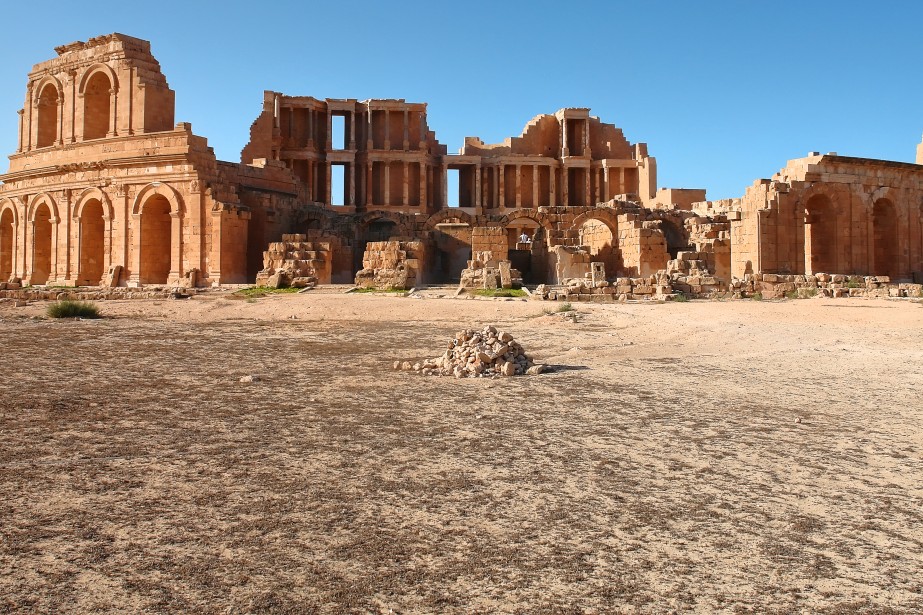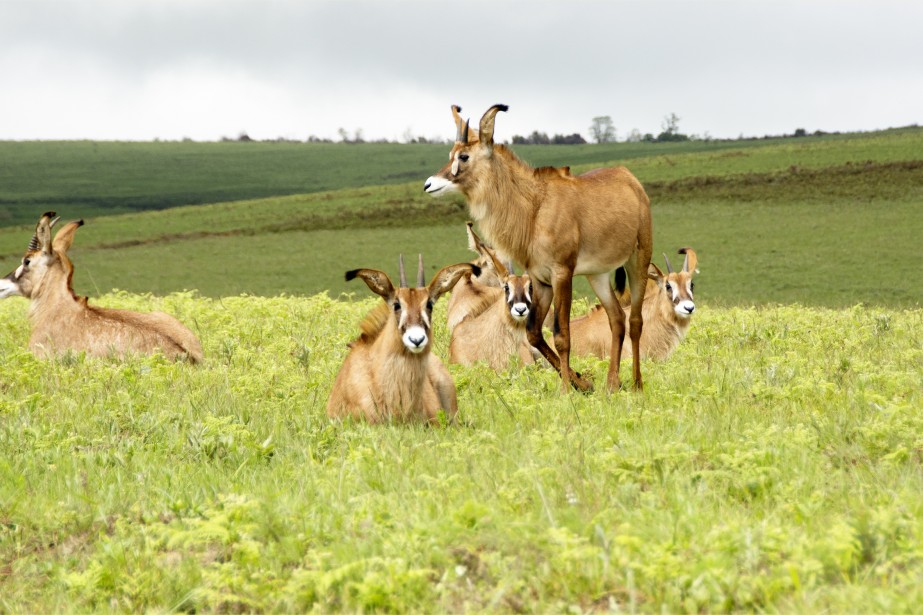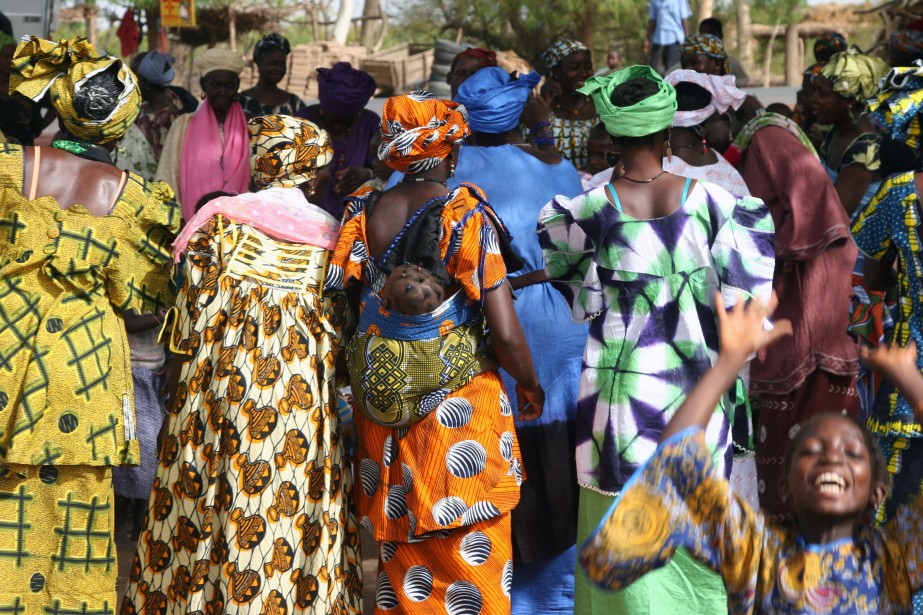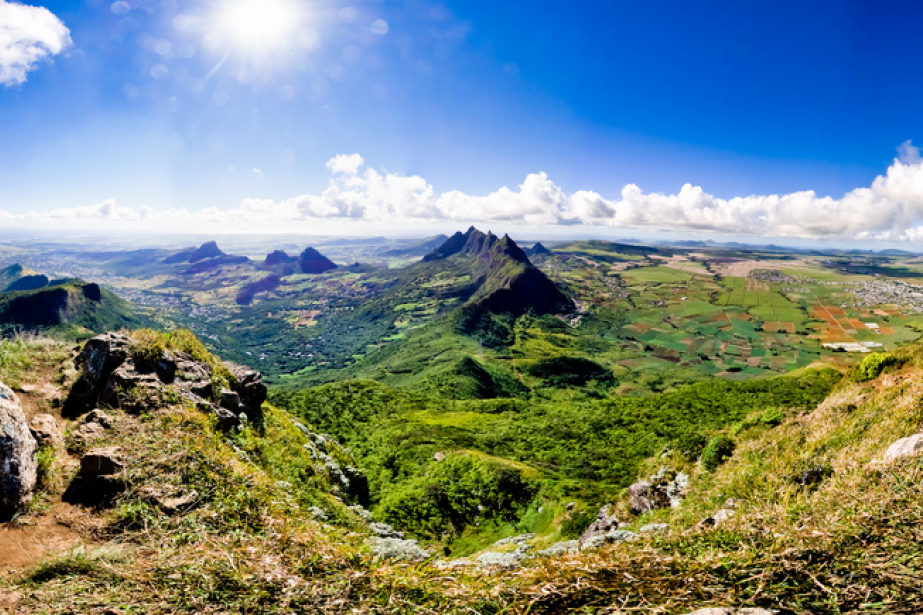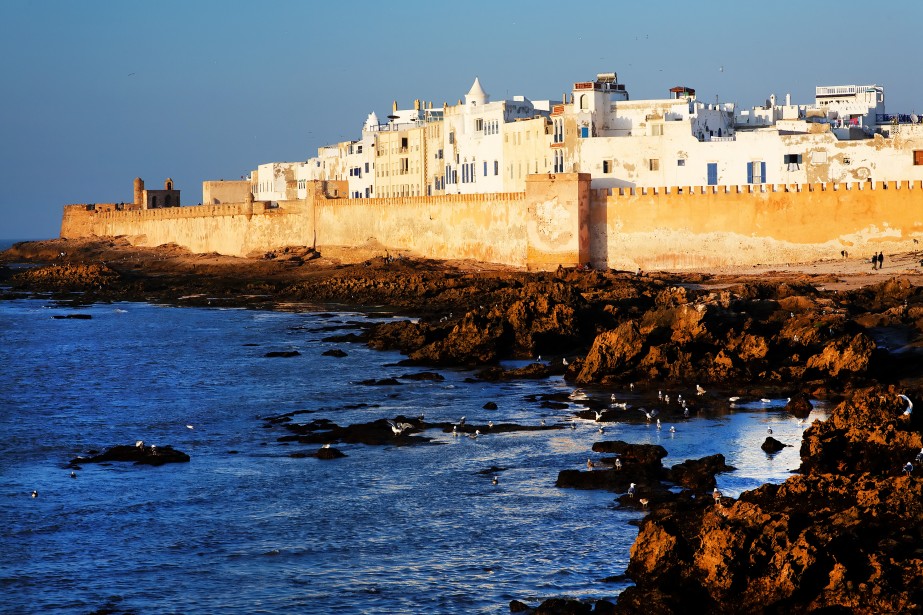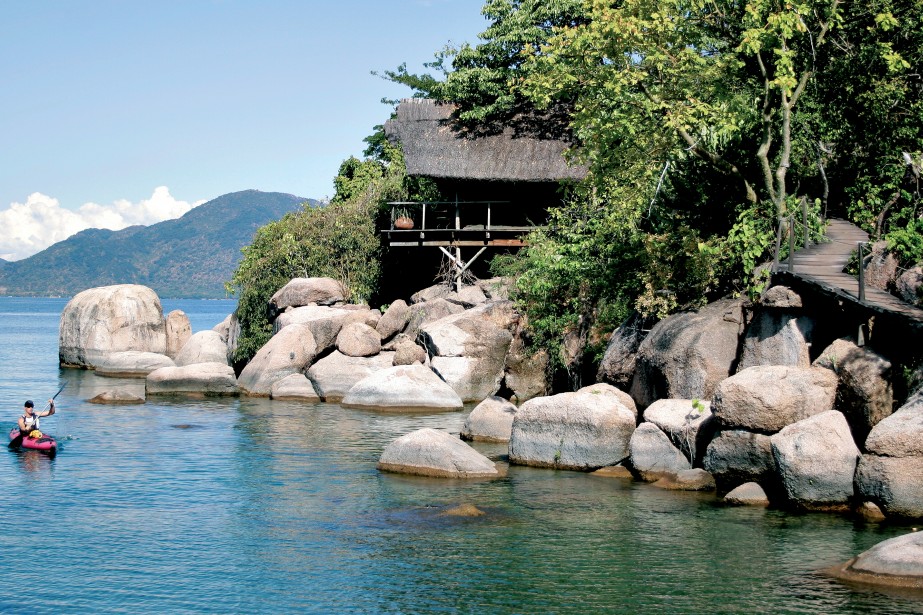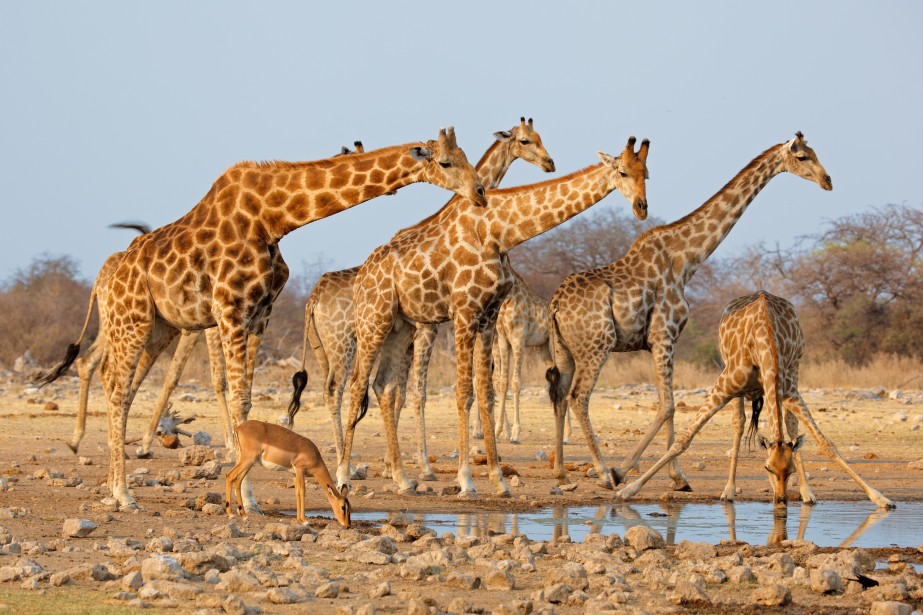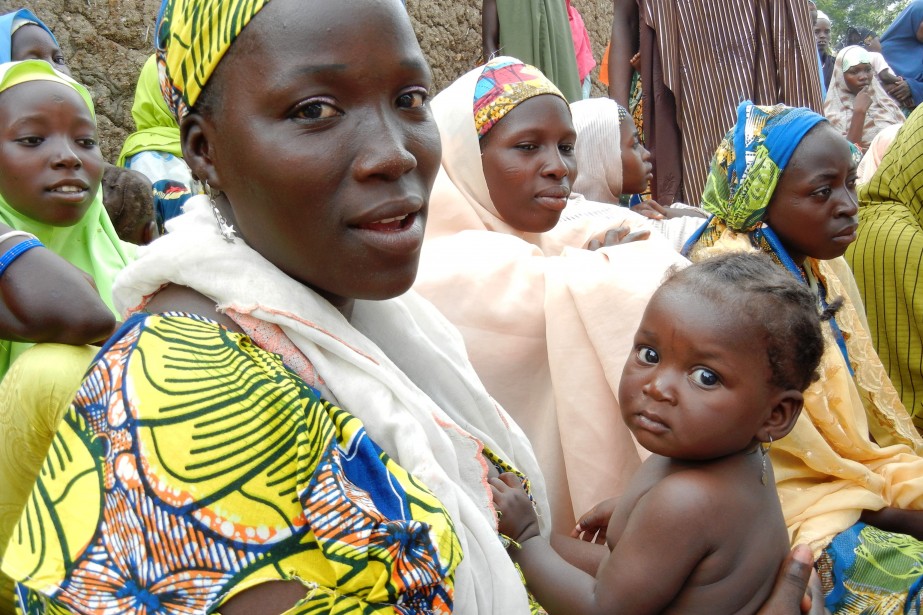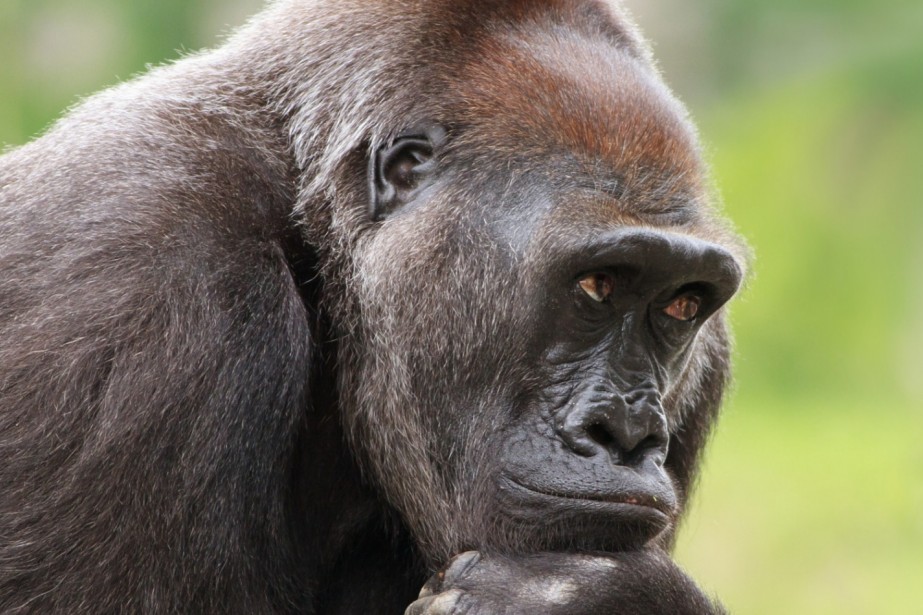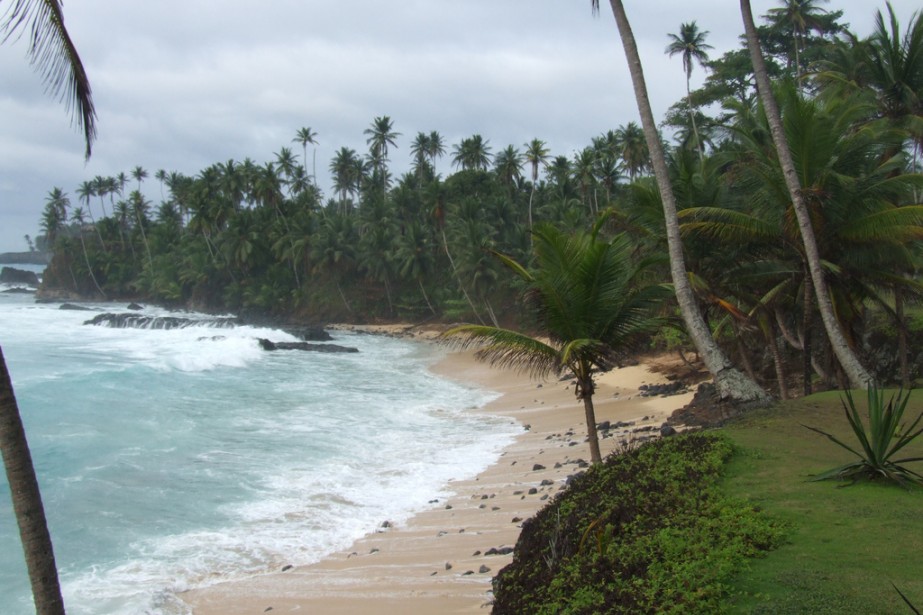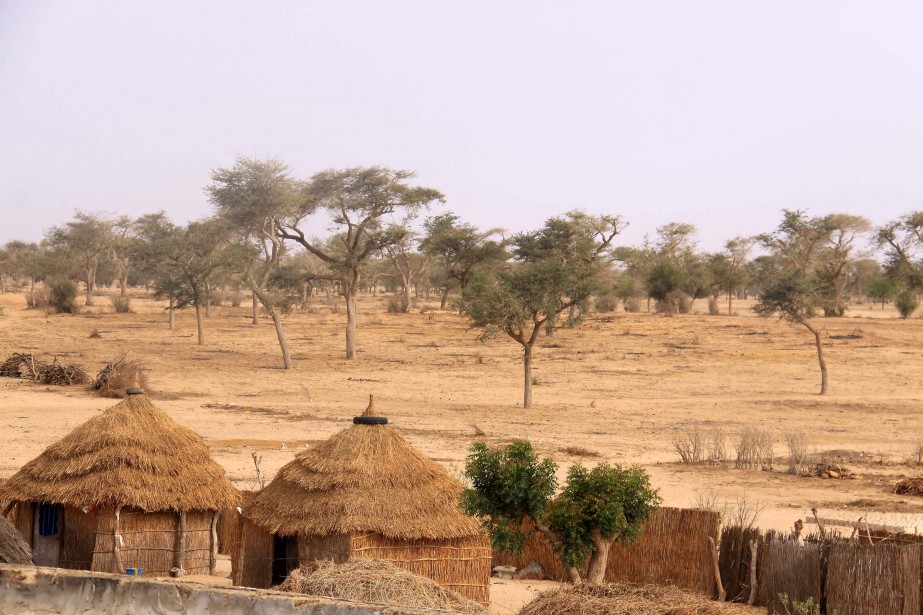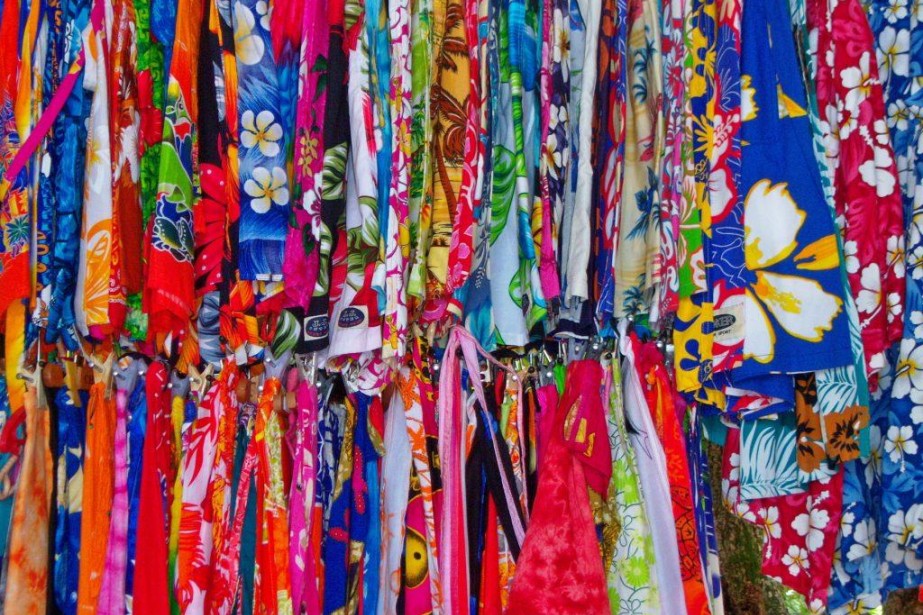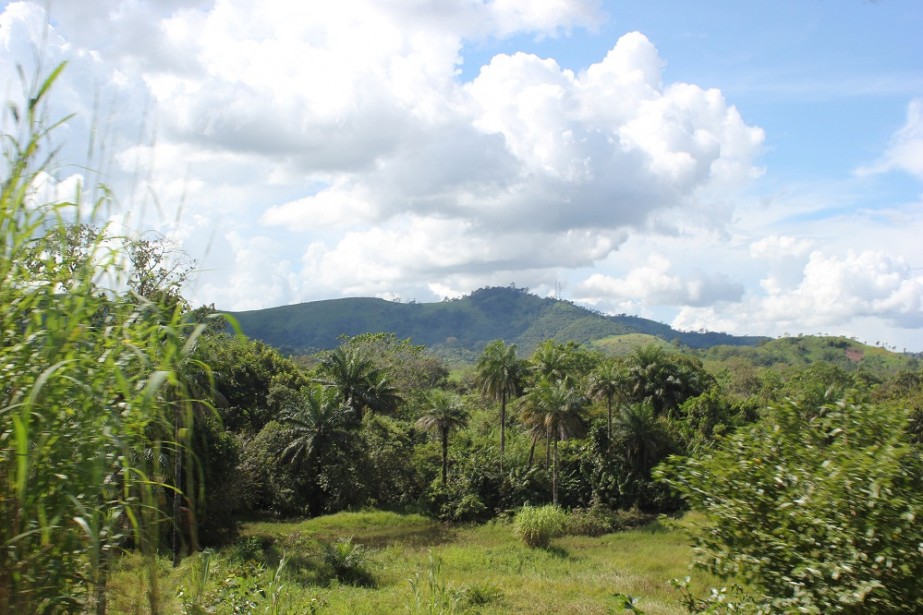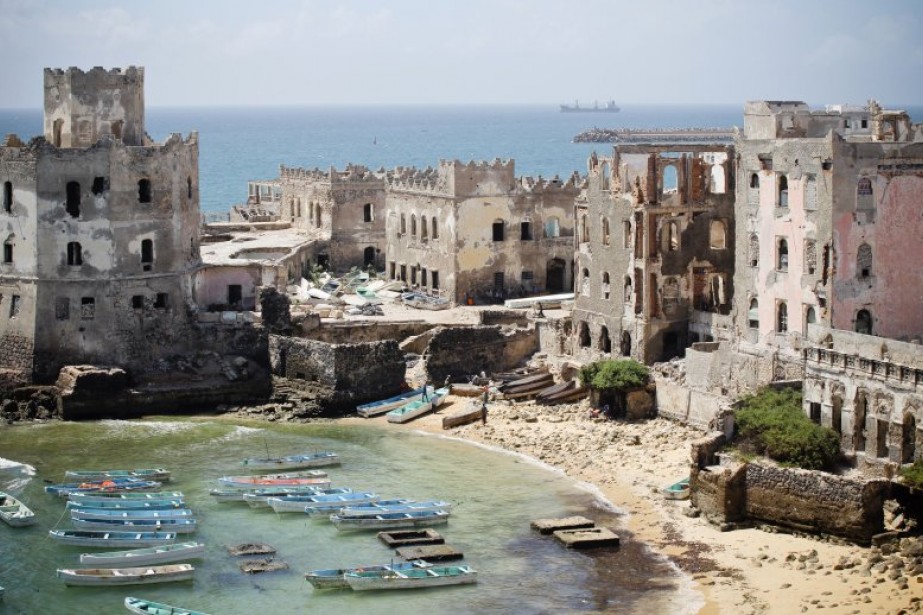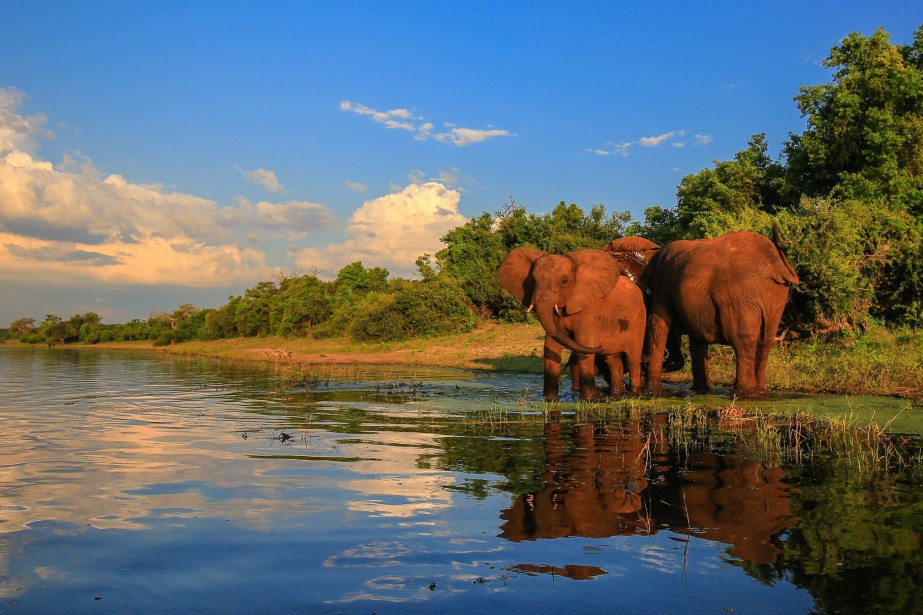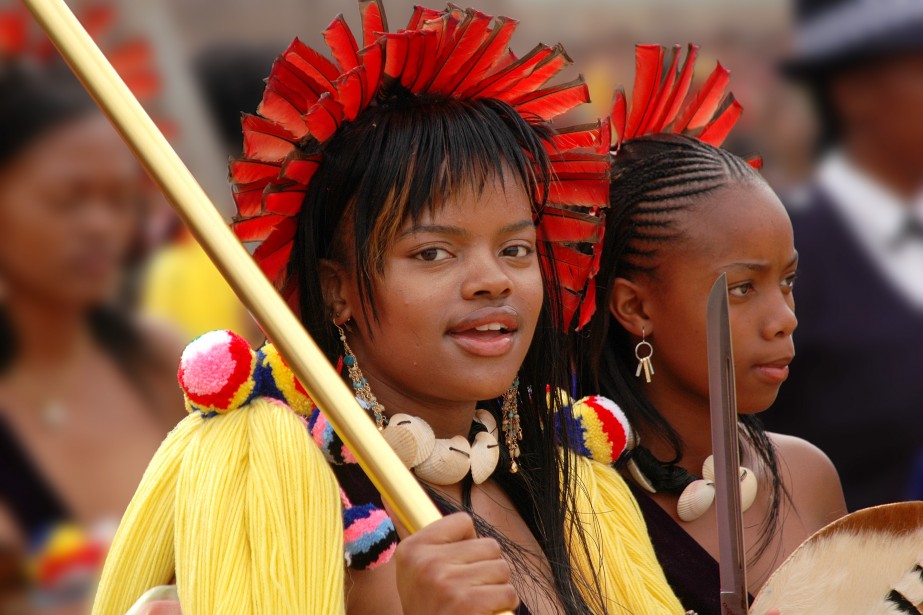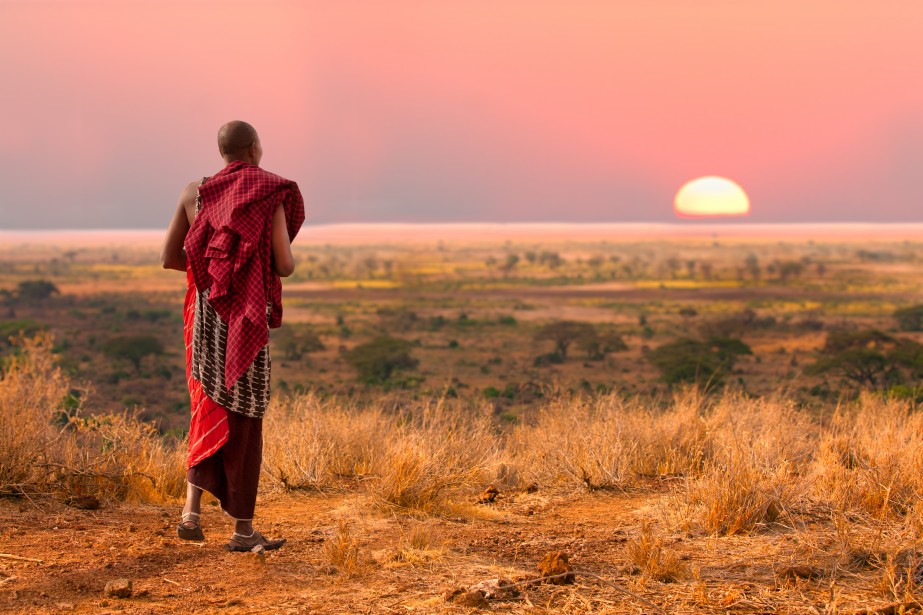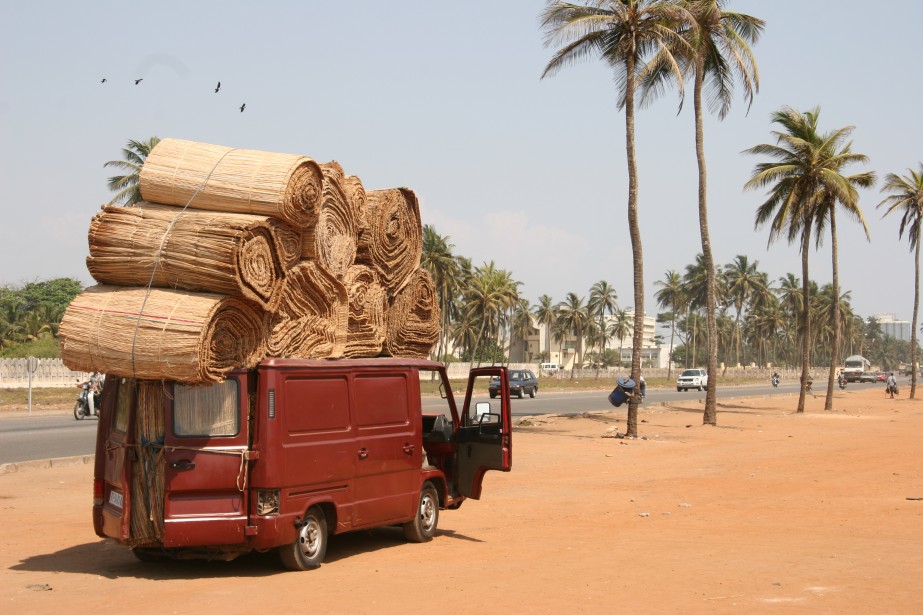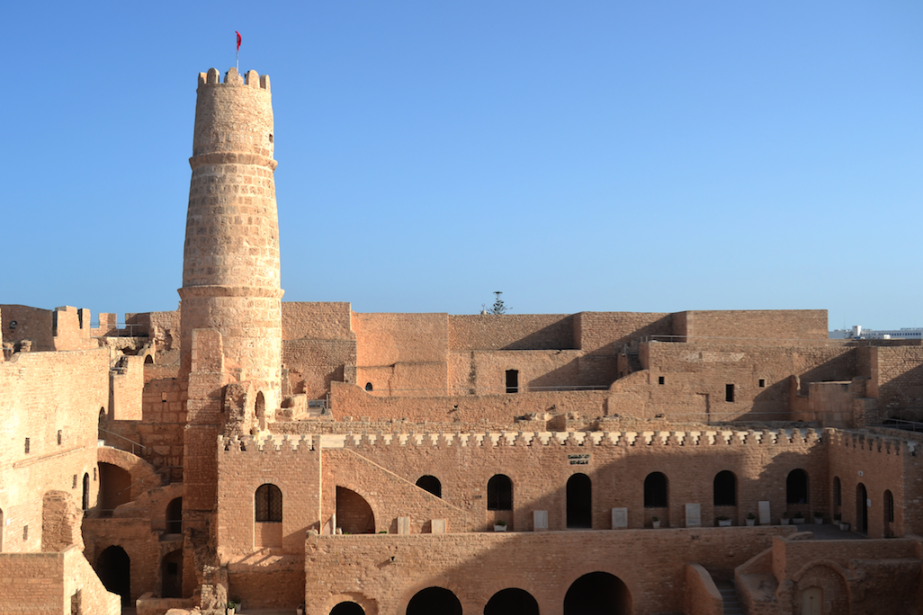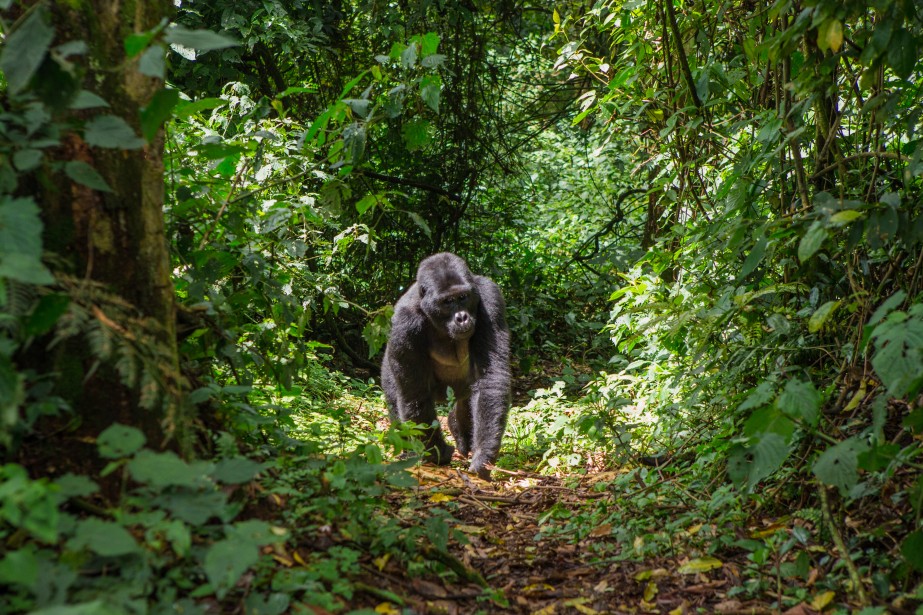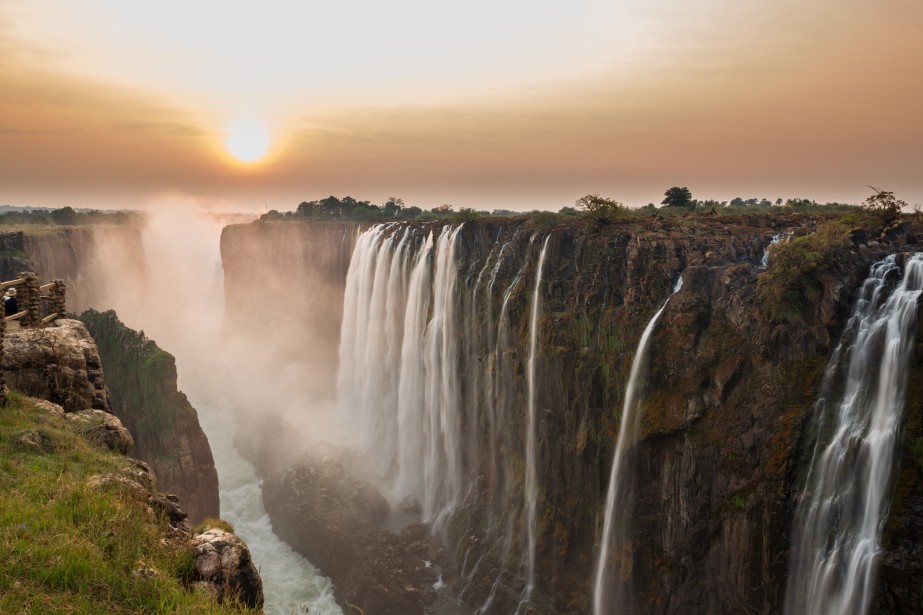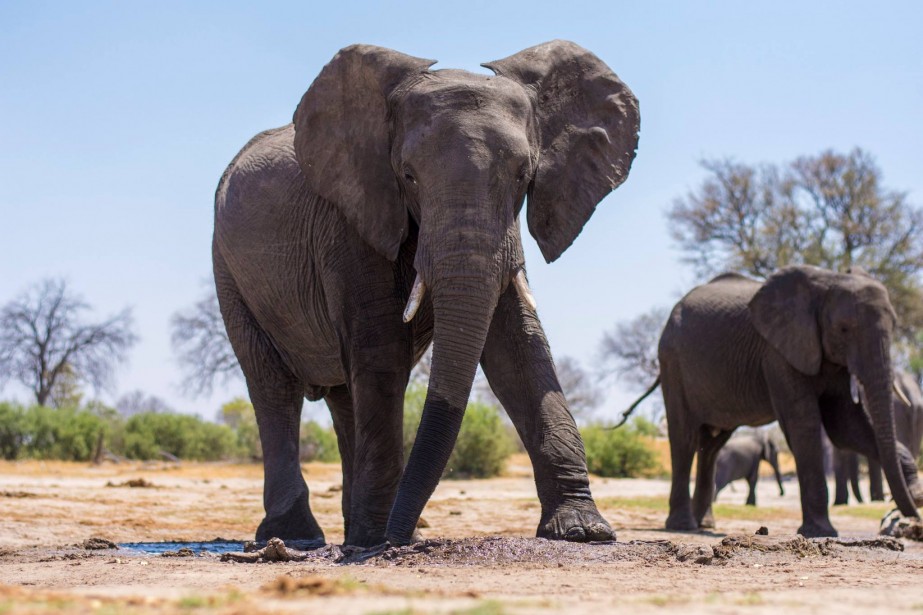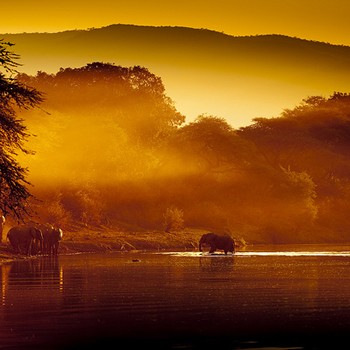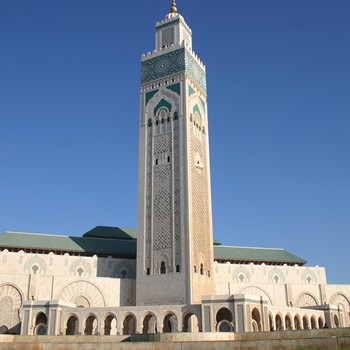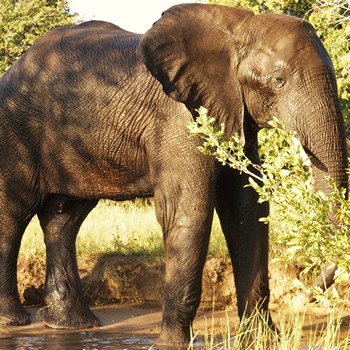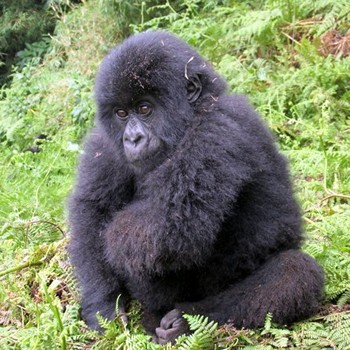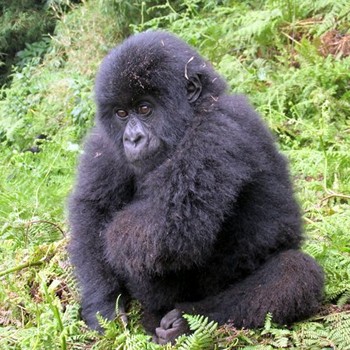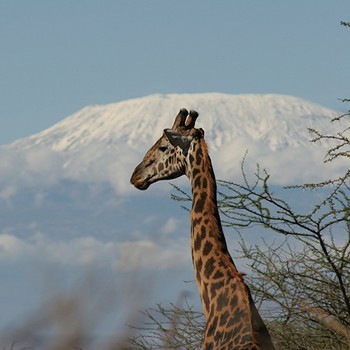Submitted by Coralie on November 17, 2015
An overview – Tunisia
Tunisia is always a country that triggered the imagination of the adventurous traveler. With its white sandy beaches, its animated souqs, and of course the Sahara Desert. But Tunisia is much more than stunning landscapes, it's also a place full of history, visited by all sorts of civilizations and later several other countries during colonial times. Despite these many influences, the modern evolution and the impressive influx of tourists, Tunisia kept intact its deep cultural roots. Both in the cities with the traditions of the Arab world shared with neighboring countries like Morocco or Turkey, and with the rural unknown culture of the nomadic Berbers.
Tunisia also offers a wide range of activities. Hiking in the mountains, exploring the ruins of an ancient city, getting lost in the streets of Tunis, spending an afternoon at the beach, shopping in the markets and souqs, diving in the Mediterranean sea or exploring the desert from the back of a camel, are all easily available and will make a trip to Tunisia ideal for any traveler.
Between the Mediterranean Sea and the African continent, Tunisia is a perfect mix of a relaxed lifestyle made of olives, fresh pasta and refreshing winds and the traditions and harsh stunning landscapes of the continent that starts on the edge of the desert. An unforgettable and moving country, with history, culture and beauty.
When to travel – Weather
Tunisia benefits from a Mediterranean climate. Summers are very hot and dry, winters are cooler and more humid. In the mountains, it often snows, while in the desert there is sometimes no rain for several years in a row.
January and February are the colder months and the ones where it rains the most. From June until September, the temperature is sometimes too elevated, and the streets too crowded, to enjoy any exploring. The best season to discover Tunisia is the spring, but October and November are also a good choice to discover the oasis in the south.
The Sahara Festival happens in November in Douz, a great event celebrating the nomadic culture where people compete in traditional sports, accompanied by concerts, poetry, and other events.
Tunisia is a muslim country and most of the population observe the ramadan every year. During that time, the rhythm of life changes. The streets are very animated at night, with a lot of celebrations, while it's a bit harder to find shops open in the day. In the cities, they usually close early in the afternoon. In more rural areas, restaurants might be close all day. It's a good idea to try and respect that tradition and not eat or smoke openly in the day.
Tunisian Cuisine and Drinks
Tunisian cuisine is typically Mediterranean, with a lot of spices. The condiment that accompanies almost every dish is the harissa, mostly made of chili and olive oil. It's very spicy and should be eaten with caution by unpracticed travelers.
Most restaurants have bricks on the menu as a starter, it's a very thin crescent shaped crepe stuffed with eggs, meat, or tuna, then fried and served with lemon. For vegetarians, salads are also a popular choice, with the Tunisian Salad made of tomatoes, cucumber, pepper and onions, or the Méchouia Salad, which is constituted of the same ingredients, but cooked with oil and garlic, making it very spicy.
Main dishes are not limited to couscous, although there is always some on the menu. Tajine is a popular dish, it's a big omelet made of minced meat, potatoes, cheese, and of course some spices. Chakchouka is a tasty stew made of onions, peppers and eggs. The kamounia is for adventurous stomachs, it's a thick cumin sauce in which floats bits of beef and liver.
Another tradition that's also found in countries like Turkey or Morocco is the Gargoulette. This dish made of minced meat, potatoes and tomatoes takes a long time to cook. It's made in a clay pot, that the waiter will bring to your table. With a small hammer, he will then break the bottom of the pot, releasing the food into your plate.
Fish is also popular, in restaurants or markets, smoked, grilled, or turned into soup. Tuna is also a favorite, served in sandwich or as a side dish, most often mixed with harissa.
Desserts are very varied. Fruits are of course very popular, with melons, watermelons, figs, dates and pomegranates found everywhere. Typical pastries, always full of sugar, are the makroud, an almond cake, the turkish baklavas, or the famous turkish delights. Bouza is a very tasteful cream made of dried fruits.
Every meal is accompanied by mint tea or turkish coffee. Fruit juice are also often served in restaurants. To conclude the meal, you might be offered some boukha, a strong fig alcohol.
Popular sights in Tunisia
Tunis – Tunis is the capital of Tunisia, a place that every traveler goes through. The médina with its religious monuments is a sight in itself and on the UNESCO list. Wandering in the souqs and visiting the Bardo Museum, boasting the biggest mosaic in the world, are a few of the memorable activities to enjoy in this bustling city.
Carthage – One of the most famous ancient cities in the world, Carthage is a huge ensemble of ruins that can take several days to explore. The baths and the Acropolium are particularly memorable. From Carthage, the view on Tunis is also a very impressive one.
Bizerte – Near the coast, Bizerte is not on the tourist track and is still very traditional. The districts near the docks are especially preserved. Travelers there can visit the Spanish Fort or enjoy the beautiful beaches near the city.
Djerba – Djerba is a small island in the south, with all the landscapes of a paradise island; white sandy beaches, beautiful sunsets and sunrises and ancient round little houses in small villages. The Houmt Souq is still a very animated place, and it's easy to explore the island by bike. The perfect place for people looking for a peaceful break.
Chott El-Jerid – This huge salt lake is not to be missed. By a combination of phenomenons, from the components in the water and the way the rays of sunlight hits the lake, this place makes mirages occur. Colors in the lake going from red to deep blue and objects where they should not be, this is a personal experience like no other.
Dougga – These ruins from roman times are one of the main sights in the country. Amazingly, some buildings are still standing among the olive groves. Exploring Dougga takes at least half a day and it's a truly moving experience to be confronted by the past this way.
Ksar Ghilane – Ksar Ghilane is often talked of as the “Gates to the Sahara”. This small place still hosts a few families living a traditional lifestyle despite the recent augmentation of tourists. From Ksar Ghilane, you can have your first view on the sandy infinity of the Sahara, while enjoying the still cool air around the oasis.
Ksar ouled Soltane – Four floors granaries built around two beautiful courtyards, Ksar ouled Soltane is a unique place that looks like it was made from modeling clay, like it was out of the imagination of a child, with these little doors and steep staircases. Although there's not much to do around the site, it's still worth a look.
Sidi Bou Saïd – This small village is a photographer's dream. All the houses are painted in bright whites and blues, with an amazing view on the sea just below.
Cap Serrat – An old port, now popular with tourists, ideal for snorkeling or diving into the Mediterranean sea.
Sahara – Views on the Sahara are not something that can be forgotten. From Tunis, it's also easy to book expeditions in the desert on camel back, and even to spend a few nights in the middle of the desert, to see the stars clearer than anywhere else.
Practical Info
Currency – In Tunisia, the money is the Tunisian Dinar (Dt). It's impossible to exchange that money outside of Tunisia, but inside the country exchange offices can be found easily, in banks, post offices or even hotels. There are some ATMs in cities, accepting only visa and mastercard, but often taking big fees. Only luxury hotels and restaurants will accept payment by credit cards. Travelers cheques are only accepted by some banks. In restaurants, tips are appreciated but not mandatory. In hotels, the staff that's helping you with your luggage or that's parking your car will expect a small tip, called bakchich.
Health – The main risk in Tunisia is diseases circulating through the water. Water should always be boiled or purified. In restaurants and cafés, be careful of the ice in your drink, that might not have been properly treated. Fruits have to be washed, cooked or peeled, whether you bought them or they're served in a restaurant. Never drink tap water.
Culture – To respect the culture, it's recommended that women dress according to the country's belief, meaning without showing too much skin. Especially essential for women traveling alone.

